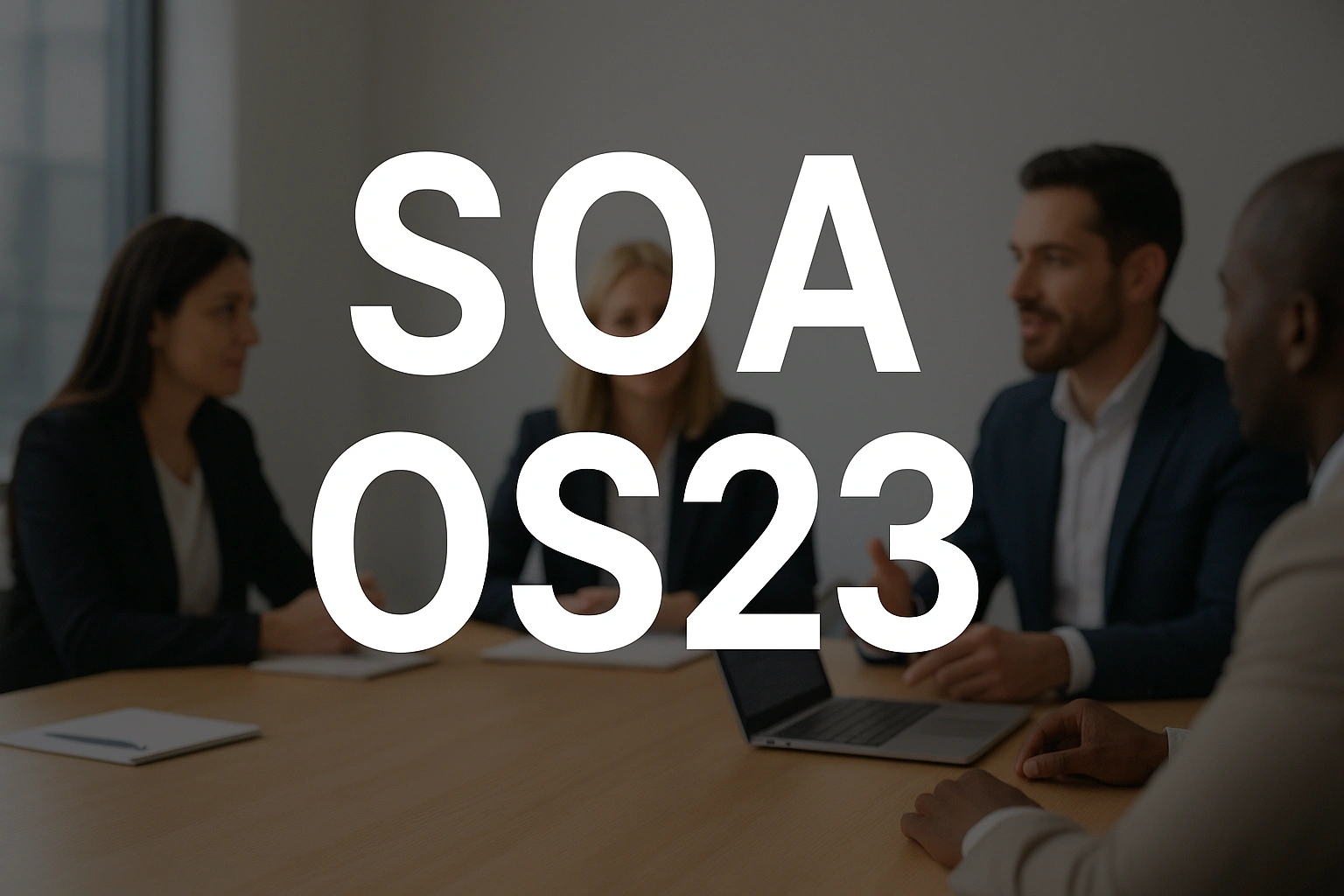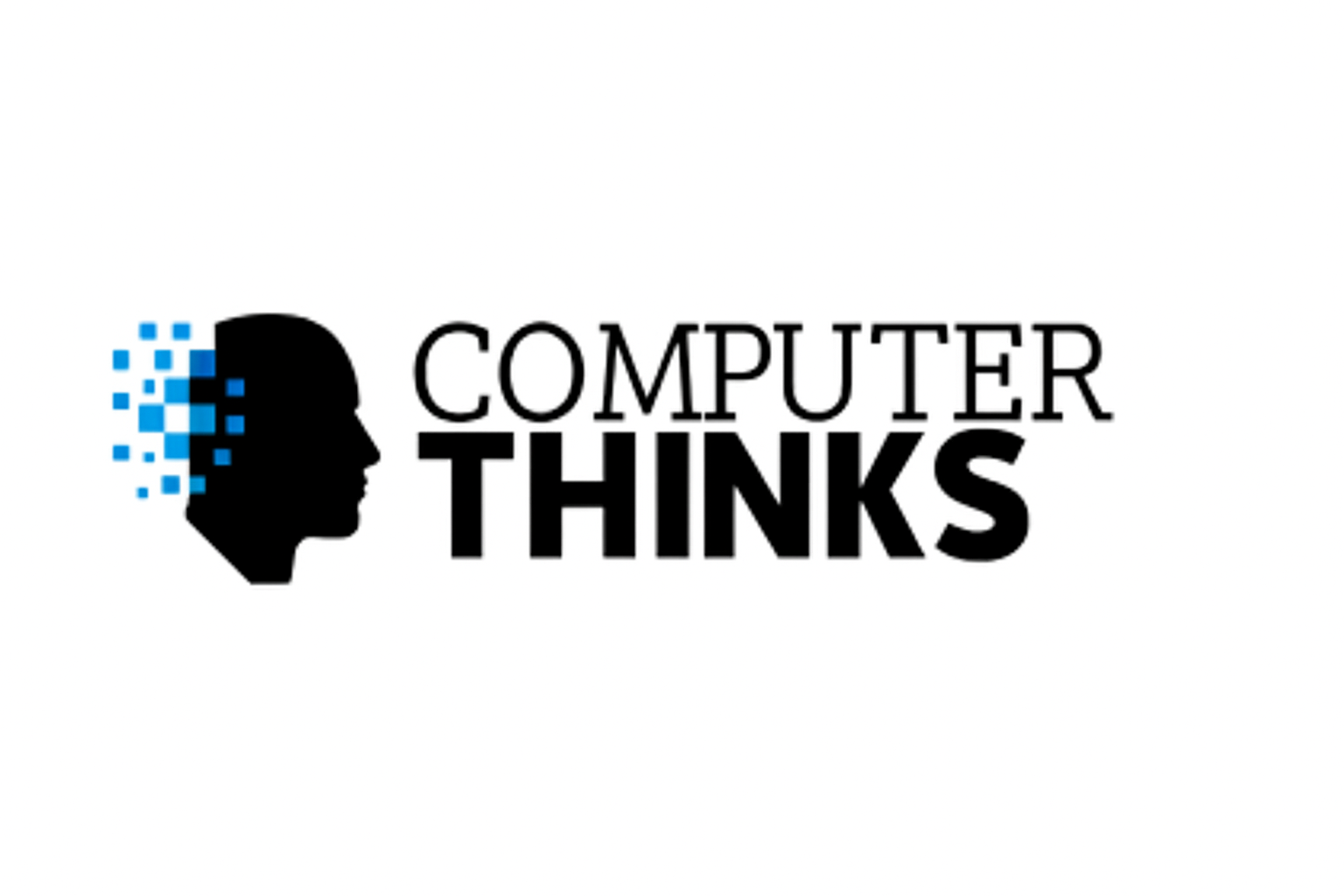Now Reading: SOA OS23: Redefining Service-Oriented Architecture for the Modular Digital Era
-
01
SOA OS23: Redefining Service-Oriented Architecture for the Modular Digital Era
SOA OS23: Redefining Service-Oriented Architecture for the Modular Digital Era

In today’s rapidly evolving digital landscape, enterprises face increasing pressure to modernize their infrastructure, embrace modularity, and ensure robust security. SOA OS23 (Service-Oriented Architecture Operating Standard 2023) is emerging as the answer—a new architectural paradigm built for agility, interoperability, and resilience.
This in-depth guide explores what SOA OS23 is, why it matters, its core principles, benefits, real-world use cases, and how organizations can adopt it effectively. If you’re looking for a future-ready framework to support digital ecosystems, SOA OS23 is worth your attention.
What is SOA OS23?
SOA OS23 is the next-generation Service-Oriented Architecture standard, designed to overcome the limitations of traditional SOA and the fragmented nature of microservices. It introduces:
- Event-driven service orchestration for real-time responsiveness.
- Polyglot compatibility, supporting languages like Java, Python, Go, Rust, and Node.js.
- Dynamic microservice-to-legacy bridging, ensuring smooth modernization.
- Decentralized identity and zero-trust models for secure operations.
- Container-native deployment and cloud flexibility to adapt to hybrid or multi-cloud systems.
Unlike older frameworks, SOA OS23 isn’t controlled by a single vendor. It’s a community-driven, open standard that emphasizes interoperability across platforms and industries.
Why SOA OS23 Matters in 2025 and Beyond
Businesses are no longer building isolated applications—they’re building ecosystems. SOA OS23 enables this by offering:
- Interoperability-first logic: Works across diverse systems and programming languages.
- Microservice standardization: Consistent APIs, responses, and error handling.
- Edge-aware processing: Optimized for distributed and low-latency systems.
- Plug-and-play modularity: Each service functions independently while integrating seamlessly.
This makes SOA OS23 the ideal foundation for AI orchestration, IoT backends, fintech platforms, and low-code/no-code ecosystems.
Historical Context: From Legacy SOA to OS23
| Generation | Key Features | Limitations |
| SOA (2000–2010) | XML, SOAP, service buses | Monolithic, difficult to scale |
| SOA 2.0 (2012–2020) | REST APIs, lightweight workflows | Stateless only, limited schema handling |
| SOA OS23 (2023– ) | Modular, event-driven, cloud-native design | Still maturing in legacy-heavy sectors |
The leap to OS23 is revolutionary: it shifts from rigid architectures to flexible, modular ecosystems, ensuring businesses stay competitive in the digital-first world.
Core Pillars of SOA OS23
1. Decentralized Message Handling
OS23 replaces centralized service buses with peer-to-peer service communication. This reduces bottlenecks, improves resilience, and enables replayable message logs for auditability.
2. Modular Orchestration
Each service endpoint is treated as a self-contained module with plug-in compatibility defined through metadata (JSON, YAML, or ProtoBuf). This allows independent scaling and faster updates.
3. Security by Design
OS23 integrates zero-trust principles directly into the framework. Features include:
- Encrypted payloads (AES256).
- Service-to-service token rotation.
- Role-based access control (RBAC).
- Auditable call graphs.
4. Observability and Monitoring
Built-in observability ensures teams have real-time visibility. Native integrations with Prometheus, Jaeger, and OpenTelemetry provide deep insights into latency, throughput, and error patterns.
5. Self-Healing Mechanisms
OS23 includes auto-healing microservices that reroute traffic or restart components when SLAs degrade—ensuring higher availability without manual intervention.
Benefits of SOA OS23
- Scalability: Scale individual services independently.
- Agility: Faster deployments, iterative releases, and quick adaptation to market needs.
- Resilience: Failover systems and self-healing improve uptime.
- Interoperability: Connects seamlessly with legacy and modern systems.
- Governance: Centralized policies for security, compliance, and versioning.
- Future-readiness: Built for AI, IoT, and next-gen digital ecosystems.
Real-World Use Cases of SOA OS23
Fintech and Banking
SOA OS23 enables real-time fraud detection, KYC verification, and instant payment processing by connecting modular services across secure, zero-trust networks.
Healthcare
Hospitals and labs can exchange patient data securely using OS23’s identity management and encryption features while maintaining compliance with HIPAA and other regulations.
Logistics and Supply Chain
Dynamic workflows—such as real-time route optimization and warehouse automation—can be achieved with OS23’s event-driven orchestration.
AI and Data Pipelines
SOA OS23 structures modular machine learning services, allowing real-time data transformation, monitoring, and inference orchestration at scale.
Government and Public Services
National ID systems, tax filing platforms, and citizen portals benefit from decentralized but compliant architectures, reducing bottlenecks while enhancing security.
SOA OS23 vs Microservices vs Legacy SOA
- Legacy SOA: Centralized, SOAP-heavy, and difficult to scale.
- Microservices: Agile but often lack governance, leading to “service sprawl.”
- SOA OS23: Combines the agility of microservices with the governance and interoperability of SOA, creating the best of both worlds.
How to Adopt SOA OS23
Step 1: System Audit
Identify existing services, bottlenecks, and legacy modules.
Step 2: Build Interoperability Adapters
Use tools like gRPC, Dapr, or service meshes to connect older systems to OS23.
Step 3: Start Small
Pilot OS23 with non-critical services to test observability and security.
Step 4: Refactor for Event-Driven Logic
Shift from scheduled jobs to event-based workflows for responsiveness.
Step 5: Define Governance
Establish naming standards, policies, and monitoring guidelines for consistency.
Best Practices for SOA OS23
- Avoid creating too many microservices—balance granularity with performance.
- Implement asynchronous processing to reduce latency chaining.
- Regularly audit APIs and service lifecycles for compliance.
- Train teams in zero-trust principles and monitoring tools.
- Adopt Infrastructure as Code (IaC) to automate deployments.
Challenges and Considerations
- Cultural Shift: Teams need to adapt from monolithic to modular thinking.
- Tooling Complexity: Requires integration of service meshes, gateways, and observability platforms.
- Legacy Migration: Wrapping old services in OS23 adapters can be time-intensive.
- Governance Overhead: Strong policies are required to avoid chaos in large-scale deployments.
Future Trends of SOA OS23
Looking ahead, SOA OS23 is expected to evolve with:
- AI-driven orchestration engines that predict and optimize service flows.
- Edge-native deployments for IoT and low-latency use cases.
- Stronger compliance frameworks for finance, healthcare, and government adoption.
- Vendor-neutral certification programs, ensuring consistent global standards.
FAQs about SOA OS23
Q1: Is SOA OS23 only for cloud deployments?
No, it works in hybrid and on-premise environments, though it thrives in container-native setups.
Q2: How is it different from microservices?
OS23 blends microservice flexibility with governance, observability, and zero-trust security.
Q3: Can it support regulated industries like banking and healthcare?
Yes—its compliance-ready architecture makes it ideal for regulated ecosystems.
Q4: Is OS23 backward-compatible with older SOA models?
Yes, through interoperability adapters and legacy bridges.
Q5: How soon can a business migrate to OS23?
Adoption speed depends on legacy systems, but many organizations start with pilots and scale progressively.
Conclusion: Is SOA OS23 Right for Your Business?
As enterprises prepare for an era of AI-driven ecosystems, edge computing, and real-time decision-making, SOA OS23 emerges as a powerful enabler.
It provides the flexibility of microservices, the governance of SOA, and the security of zero-trust frameworks—making it the ultimate choice for businesses seeking scalability, interoperability, and future-proofing.






















